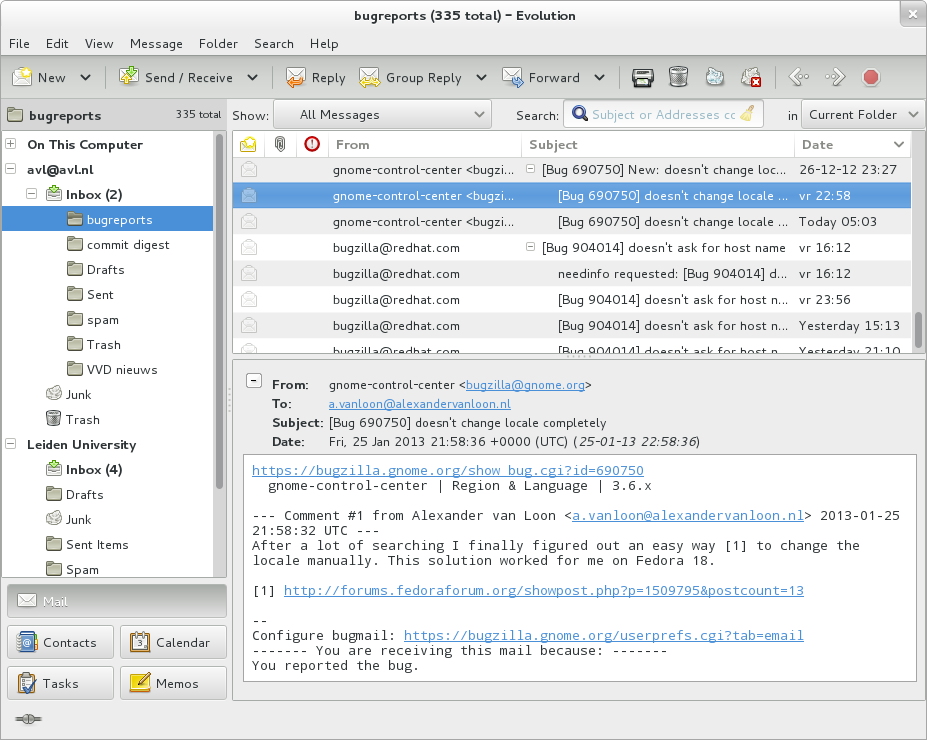English 101
- Introduction to Intermediate English
- Intermediate English Writing
- Intermediate English Speaking
- Intermediate English Reading
- Practical Intermediate English
- Introduction to Advanced English
- Advanced English Writing
- Advanced English Speaking
- Advanced English Reading
- Practical Advanced English
- Proficient Use of English
- English in Practice
English in Practice
Mastering Professional Email Correspondence in English

Method of electronically exchanging digital messages between people over a network.
Effective email communication is a crucial skill in the modern workplace, especially for non-native English speakers working in an English-speaking environment. This unit will guide you through the process of writing professional emails in English, from understanding the structure to using appropriate language and tone.
Understanding the Structure of a Professional Email
A professional email typically consists of a subject line, salutation, body, closing, and signature. The subject line should be concise and informative, giving the recipient a clear idea of the email's content. The salutation should be formal, usually starting with "Dear" followed by the recipient's name. The body of the email should be well-organized and to the point, with a clear purpose stated at the beginning. The closing should be polite and professional, and the signature should include your name and contact information.
Using Appropriate Language and Tone in Emails
The language and tone you use in your emails should be professional and respectful. Avoid using slang, abbreviations, or emoticons. Be careful with humor as it can be easily misunderstood in written form. Use a formal tone, but try to avoid sounding too stiff or impersonal. Be polite and use phrases like "please" and "thank you".
Writing Clear and Concise Emails
Your emails should be clear and concise. State your purpose in the first few sentences. Use short sentences and paragraphs to make your email easier to read. Avoid unnecessary jargon and complex language. Use bullet points or numbered lists to organize information. Make sure your email is free of spelling and grammar errors.
Responding to Professional Emails Effectively
When responding to emails, make sure to address all points raised by the sender. Be prompt in your response. If you need more time to gather information, send a quick reply to let the sender know you received their email and will respond in detail later. Use a polite and professional tone, even if the email you received was not.
Practice Exercises
To put these principles into practice, you will be given exercises to draft, send, and respond to professional emails. These exercises will help you apply what you've learned and gain confidence in your email writing skills.
Remember, mastering professional email correspondence in English is not just about using the right words and grammar. It's also about understanding and respecting the norms and etiquette of professional communication. With practice, you'll be able to write emails that are not only grammatically correct but also effective and professional.